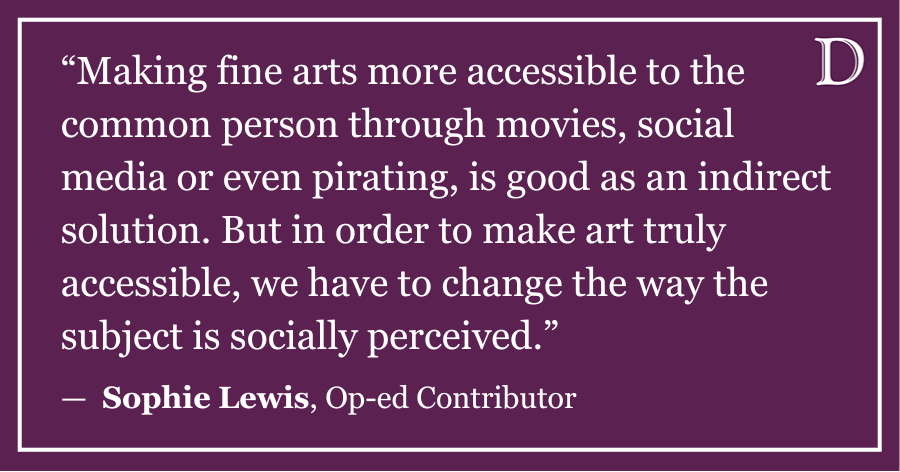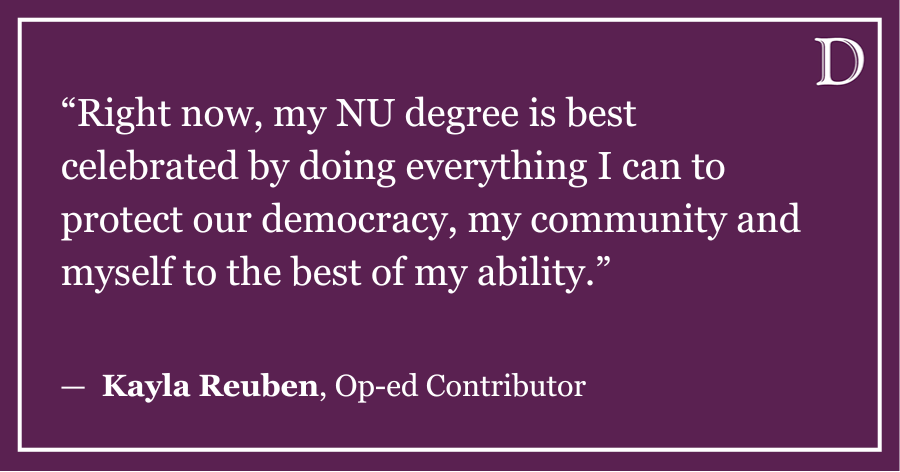Northwestern has more than 400 student groups. Why?
I remember being impressed my senior year of high school by college after college, each boasting their numerous student groups, club and intramural teams and philanthropic opportunities. While I was very impressed — and honestly pretty excited — at the time, I’ve come to realize that having more than 400 student groups on campus isn’t exactly as incredible as it seems.
One might think that having such a wide variety of groups on campus is a good thing, and in many ways it is. One can be involved in virtually anything; from philanthropy to business organizations and club sports teams to ethnic groups, there’s a group (or five) for just about everybody. And that makes for excellent opportunities to expand our minds.
Unfortunately, what this massive number of groups really amounts to is redundancy. Many groups on campus fail to gain membership counts of even 20 or so students, limiting their ability to host engaging events and to really be a meaningful resource on our campus. And how could they? With more than 400 groups and about 8,000 undergraduates, 20 would be the average number of members if every single student participated in an organization on campus.
Events sponsored by groups on campus also receive a fraction of the attendance and support that they could, not because they aren’t great events, but because there are simply too many things going on at all times for a significant number of students to find all the events they’re interested in. Because so many groups are stuck in this situation of having low membership levels and low attendance rates at events, the content and programming they deliver are sub-par at best.
In my opinion — and I’m only a freshman, so maybe I’m just too new around here to understand — fewer groups that then can deliver more engaging and powerful programming would be ideal. One of the best methods for achieving this is to encourage merging groups that work toward similar missions. Doing so would allow for the leaders of each group to come together and pool their ideas, resulting in better programming for a greater number of student participants. The synergy created therein could potentially go very far in improving the quality of student group programming. In this scenario, everyone still gets to be involved in whatever interests them, and they get to enjoy better programming and more opportunities to network with like-minded peers.
Plus, guerrilla marketing on Sheridan Road might be made easier with fewer groups competing for students’ precious attention on their treks from Tech to The Arch.
Connor Regan is a SESP freshman. He can be reached at [email protected]. If you would like to respond publicly to this column, email a Letter to the Editor to [email protected].








